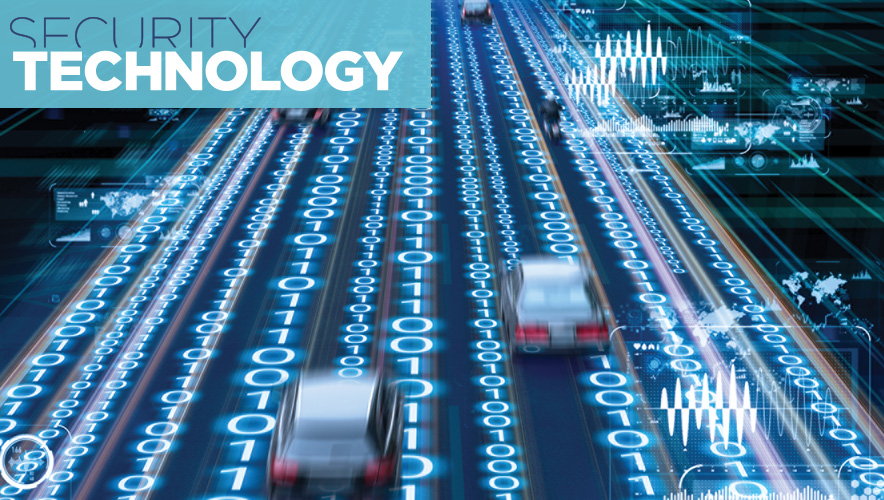Data-Driven Traffic Management Solutions
In 2016, there was just more than one death in the United States per 100 million vehicle miles traveled, according to the U.S. Department of Transportation’s National Highway Safety Administration. In 1980, the fatality rate was triple that. It’s hard to pinpoint precise explanations for the improvement, but safer cars, better driver education and awareness, and better traffic management all likely played a role in reducing road fatalities.
Yet modern transportation is hardly hunky dory. For starters, the major improvements in traffic accidents aren’t good enough. In the United States alone, more than 40,000 people lost their lives on the roads in 2017. In the European Union, more than 25,000 perished. In China, it is estimated that 700 people a day die in traffic accidents, amounting to more than 250,000 a year.
As road transportation safety has failed to improve, congestion has also gotten worse. Today, Americans spend the equivalent of an entire work week every year stuck in traffic, more than twice the amount of time that they lost to traffic jams in 1980.
Congestion isn’t just frustrating for drivers; it’s a major drain on the economy and it leads to increased air pollution, posing a threat to our health and the well-being of our ever-warming planet.
The solution to these problems lies in enhanced traffic management techniques.
Fortunately, an increasing number of cities around the world are embracing data-driven traffic management solutions to reduce congestion, accidents, and pollution.
The goal for new traffic management solutions is to provide traffic managers the clearest and most comprehensive view of the roads, bridges, tunnels, and intersections they oversee. Enhanced video camera technology, with multisensor panoramic cameras that provide a high-definition view of entire intersections with no gaps in coverage, is now part of that solution.
Intelligent analytics that help traffic managers identify a problem, even when personnel don’t see it in real-time on video, are becoming an essential piece of traffic safety and monitoring. For instance, one solution includes sensors that alert traffic managers to real-time issues that demand attention, notably when traffic flow has dropped below a certain threshold on a certain section of road or, more critically, if traffic has come to a complete stop. Other key issues that smart technology detects include vehicles moving in the wrong direction on the road or collisions. This automated incident detection capability becomes critical in tunnels where incidents can cause major delays.
That level of intelligence significantly reduces the amount of time and labor that it takes to recognize and react to a situation. The increasing sophistication of surveillance solutions helps emergency responders and public safety agencies keep much closer tabs on every part of the transportation system.
These technological advances must be designed to integrate with existing public agency workflows to maximize effectivness. The interface to the video management system must be user-friendly and intuitive to surveillance industry veterans, as well as the increasing number of IT generalists who are being put in charge of surveillance operations. Ideally, the interface should display what’s needed, when it’s needed, allowing the user to easily switch between cameras while alerting the user to incidents that warrant attention.
The industry has the capabilities to enhance our quality of life and to save lives via improvement to traffic management solutions. Using the available technological solutions and analytics, it’s time to make a change.
Stuart Rawling is director of segment marketing at Pelco by Schneider Electric.
